Does the TMJ Ever Fully Heal?
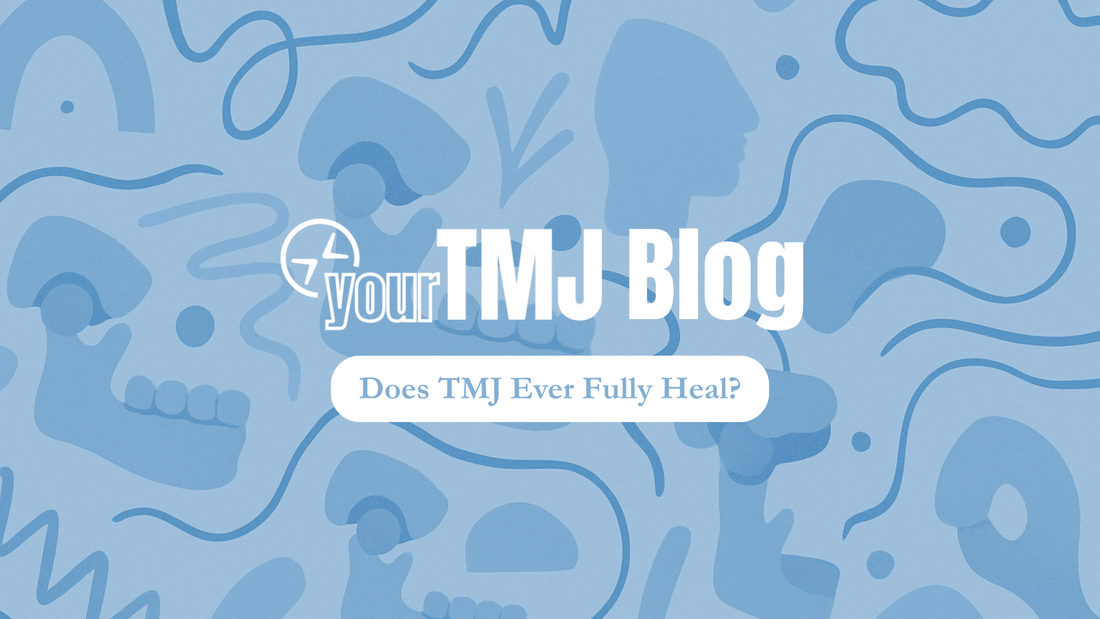
The question of whether TMJ ever fully heals is one that nearly every TMJD patient asks at some point. And fair warning, the answer isn't simple. But the short version? Yes, many people do fully heal. But it's just as true that some don't. And for most people, the real answer lies somewhere in between.
This blog will walk you through why the answer is so complicated, and what actually goes on inside your joint and muscles to determine whether "full healing" is possible. We’ll also talk about the difference between healing and just feeling better. Because TMJ is not like a paper cut that scabs over and disappears. It's a complex disorder involving bone, cartilage, muscles, nerves, posture, even breathing and sleep. So if you’re looking for a quick fix, you’re in the wrong place. But if you actually want to understand the condition and your options for healing, keep reading. And if you really want a deep dive, at the end of this post is a free 76-page guidebook I wrote for people who want an evidence-based understanding of TMJ Disorder. It covers what TMJ actually is, how to diagnose the root cause, exercises you can do at home, and the exact methods that helped me.
First, define what you mean by "heal"
The thing is, there are two types of healing people usually talk about:
-
Functionally healed: No more pain, no more clicking, no limitations in movement. You go about your life without thinking about your jaw. Even if your joint anatomy is still technically abnormal, your body has adapted.
-
Structurally healed: Your joint has gone back to its "normal" anatomy. The disc is where it should be. The cartilage is intact. There's no scar tissue, no degeneration, no nerve irritation.
And the problem is, structural healing is often not realistic. Especially when we’re talking about tissue like fibrocartilage (what the TMJ disc is made of) that doesn’t have blood vessels and can’t regenerate. But functional healing? That’s way more common than you think. It’s just rarely talked about because people assume if they still have a disc displacement, it means they’re broken forever. It doesn’t.
TMJ is incredibly adaptable
One of the most important things to understand is that the TMJ can adapt. Even if the disc is permanently displaced or even missing, you can often still regain pain-free function. That’s because over time, the body can remodel the retrodiscal tissue (the stuff behind the disc that’s full of blood vessels and nerves) into fibrous tissue that acts like a new disc. People call this a "pseudo-disc." And it works.
But here’s the catch: this remodeling process takes time. Sometimes years. And during that time, you have to be incredibly careful not to overload the joint. That means no clenching, no super chewy foods, no high-stress jaw movements. At the same time, you still need to move the joint. Movement is what stimulates the remodeling and keeps inflammation and scarring between joint surfaces at bay. That’s why manual therapy, jaw mobilization, and postural changes are so important.
The muscular side of TMJ can absolutely heal
If your TMJ symptoms are primarily muscular—tension, spasms, fatigue, trigger points—then healing is way more achievable. Muscle pain is usually the result of instability or compensation, and when you fix those, the pain often goes away completely. You may need to retrain the jaw muscles, fix your posture, strengthen the lateral pterygoids, improve your tongue position, stop mouth breathing, and eliminate habits like clenching or nail biting. But the point is, muscle-based TMJ problems are extremely responsive to the right treatment.
What prevents healing?
There are a few things that make TMJ hard to heal if left unaddressed:
-
Clenching and grinding: This is a common way people unknowingly destroy their joints over time. AT night or during the day.
-
Retracted jaw posture: If your condyle is constantly jammed into the back of your joint, you’re putting pressure on the sensitive retrodiscal tissue which may cause pain; you're also applying forward forces on the articular disc which can cause displacement and a cascade of other issues.
-
Lack of movement: Avoiding jaw movement can make things worse. It leads to stiffness, scar tissue build up (not the good kind), and decreased mobility.
-
Chronic inflammation: If your joint stays inflamed long-term (from overuse or damage/degeneration), it’s going to start building up scar tissue that doesn't go away on its own.
Bottom line
Yes, TMJ can heal. But it depends on your definition of healing, the extent of joint damage, your ability to eliminate harmful habits, and whether you actually start taking steps that help it adapt. The good news is that full functional recovery is possible in way more cases than people think. And structural abnormalities don’t necessarily mean pain forever. In fact, most cases of TMJ Disorder do improve with conservative treatment. But if you’re hoping the clicking or degeneration will just disappear overnight without you doing anything differently? That’s not going to happen.
Next Steps
If you want to understand TMJ Disorder to its core and figure out exactly what your next steps should be, check out this free 76-page guidebook. It's an in depth breakdown of the root causes of TMJ Disorder, includes at-home PT exercises, explanations for postural corrections, and most importantly—what steps to take depending on your specific symptoms.
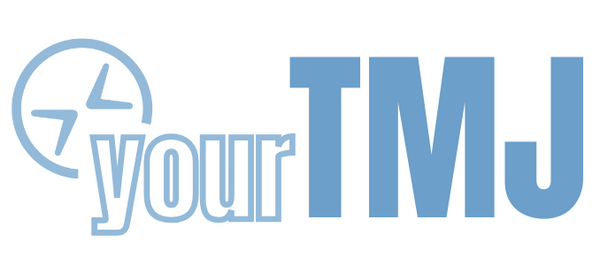
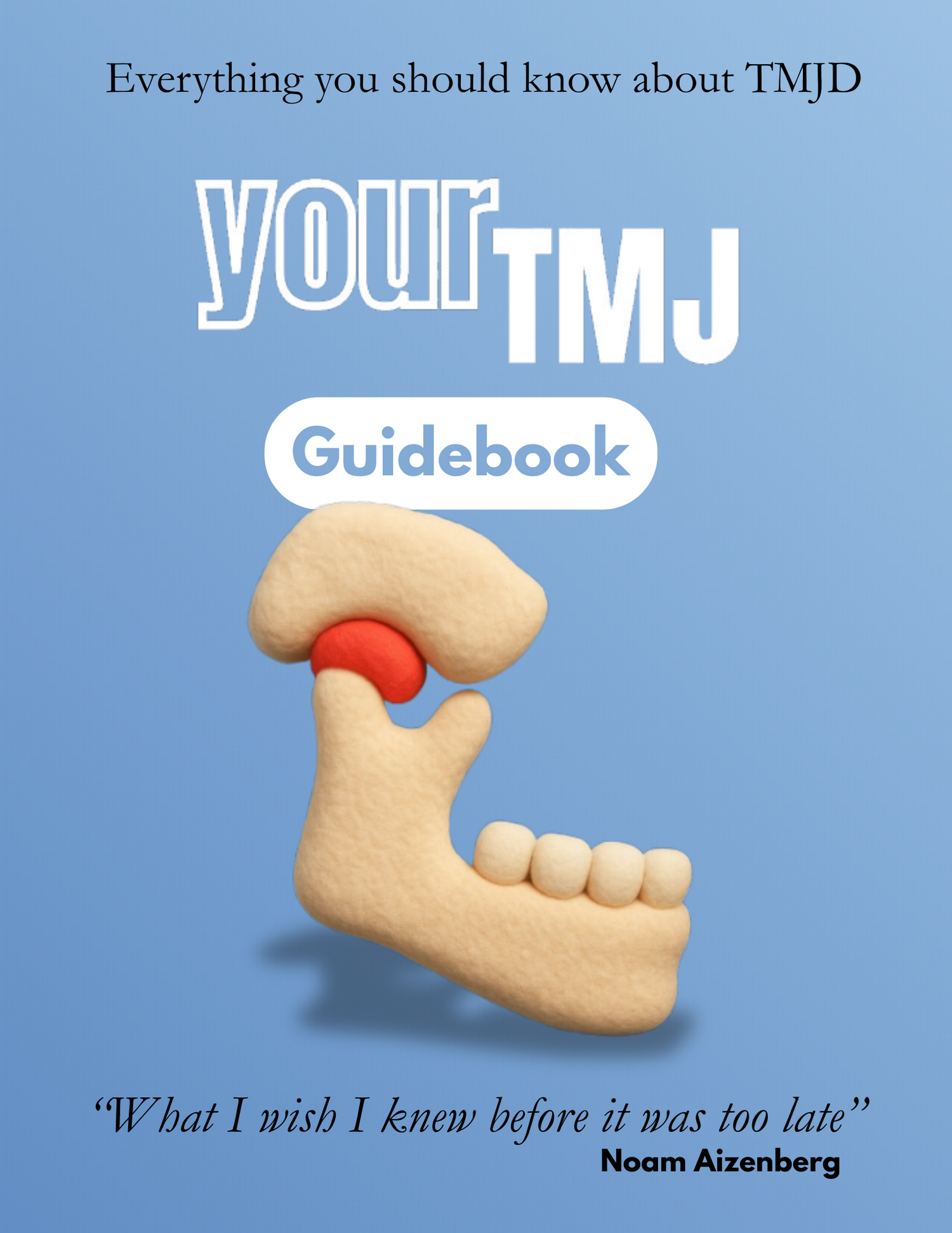
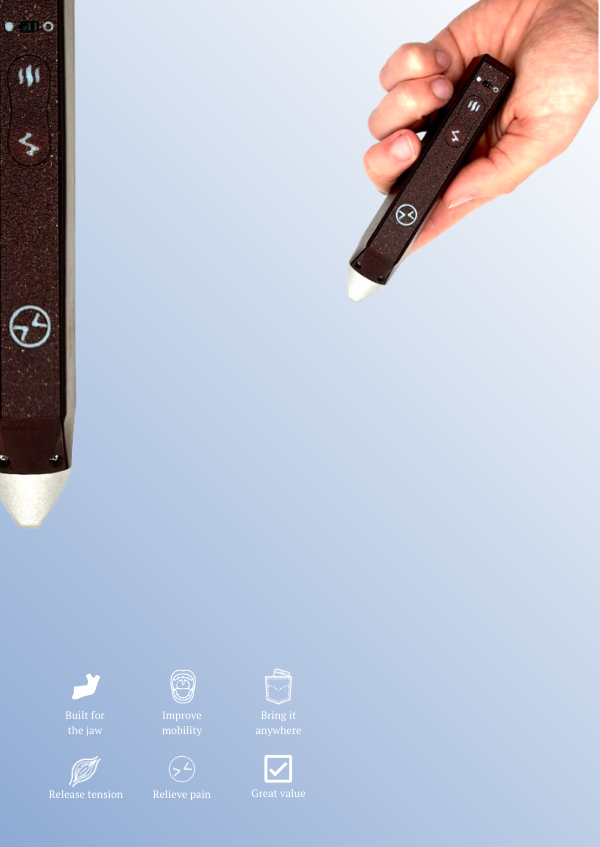
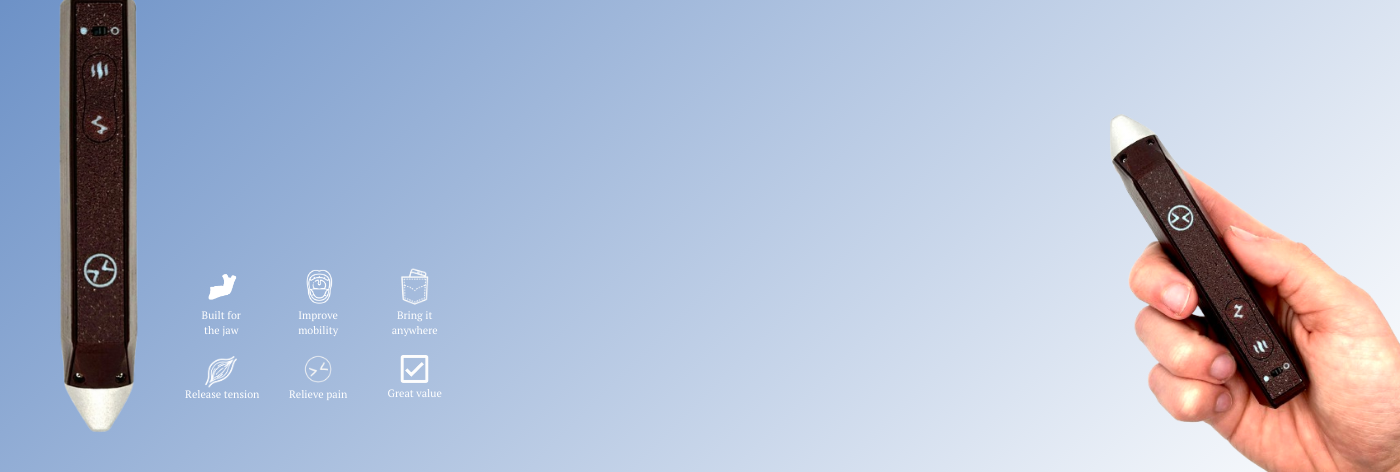

1 comment
Insightful and empowering read, thank you for clearly explaining how TMJ can truly heal with awareness, effort, and smart habits. Grateful for this guidance!